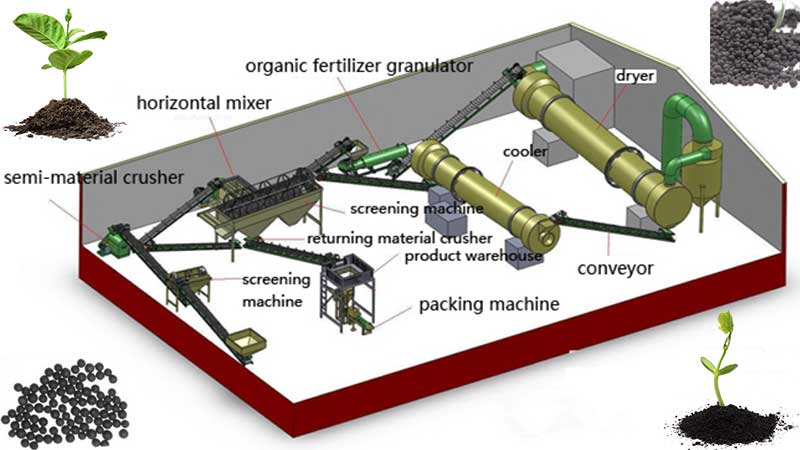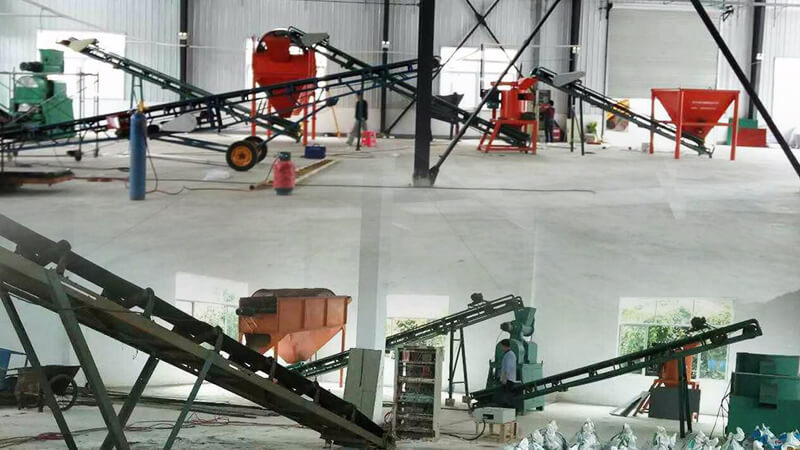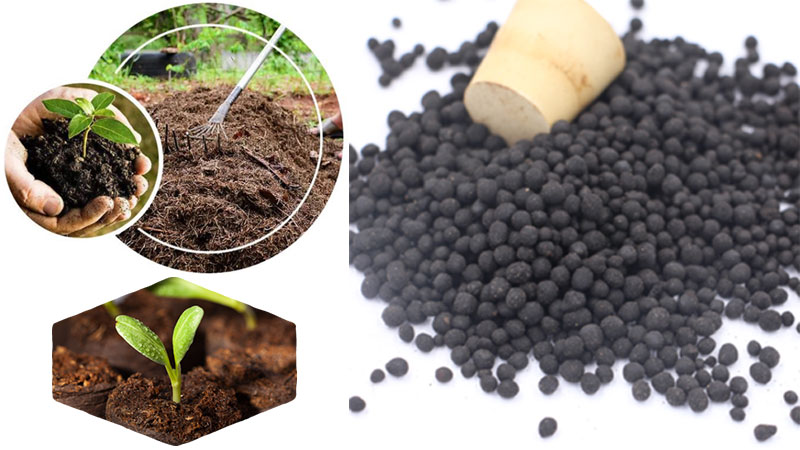Alfalfa is often used for animal feed in most cases because it has high output, many nutrients and long usage time. In addition, it is one of good green manures and can be used as fertilizer in your garden, which provides nutrients and stimulates plant growth.
What is Green Manure?
Cultivated or wild-growing green plants, used as fertilizer for soil directly or applied to soil after composting, are called green manure. Specially 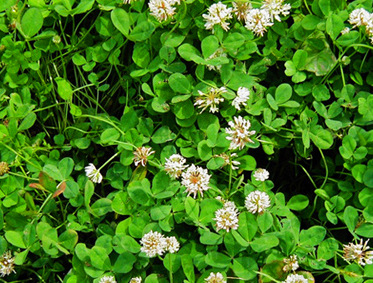
What is Nutrients in Alfalfa?
Alfalfa (Medicago sativa Linn.) is perennial plant with taproot system, which has adaptability, regeneration and high output. It is measured that may be formed about 7.5 tons of roots per hectare tillage layer. Among the roots, it contains 129 kg of nitrogen, 33 kg of phosphorus (P2O5), 91.5 kg of potassium (K2O) and 196.5 kg of calcium (CaO). Alfalfa Per hectare can fix nitrogen in the air 90 to 240 kg per, equivalent to apply 450 to 1200 kg of ammonium sulfate. After planting alfalfa, soil fertility is greatly improved and it can increase the crop yield.
How to Make Alfalfa Pellets Fertilizer?
Before using alfalfa, you need to crush your alfalfa using high moisture materials crusher. The materials size should be less than 5mm. Why do you need 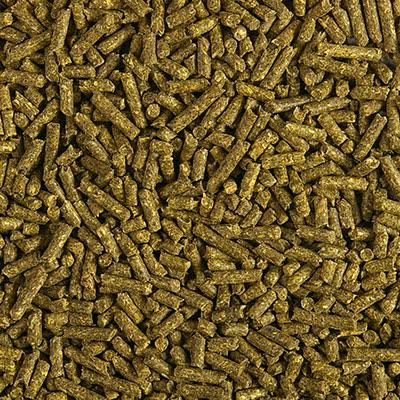
After composting, you can granulate your alfalfa fertilizer. These organic materials should be mixed and crushed before granulation. Using organic fertilizer granulator to make granulation. Compared to simple compost, alfalfa pellets fertilizer are easy to store and transport. And then the granulated fertilizer is dryed and cooled, the last process is packaging the organic fertilizer. See more information of organic fertilizer production process
How to Cultivate alfalfa?
Cultivation techniques:
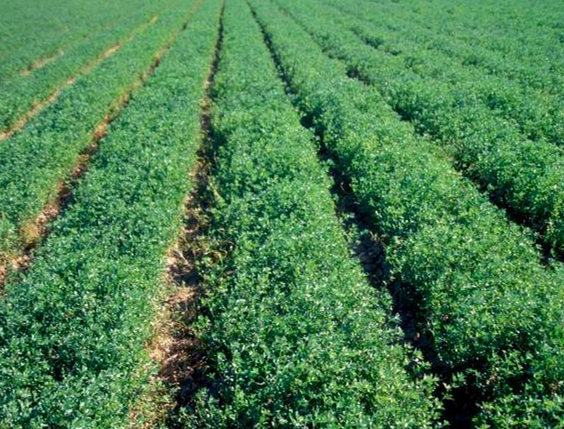
Sowing: You can sow alfalfa in any season except winter.
Sowing rate: Use about ¼ pound of seeds per 25 square feet and
Space rows: about 18-24 inches
Fertilization: it needs enough base fertilizer.
Management: You can harvest it in early flowering.
Advantages of Using Alfalfa Pellet Fertilizer in Your Garden
Alfalfa fertilizer is good for your plant growth, especially for roses. If you apply alfalfa pellets fertilizer in garden, there are many advantages.
1. Rich in minerals
Alfalfa is in high nitrogen and it contains other nutrients, including phosphorus, potassium, calcium, sulfur, etc. The NPK ratio is about 3:1:3, which varies from its source.
2. Increasing organic matter
Alfalfa roots provides a large number organic substance in soil. It can absorb nourishing substance from deep soil and makes soil form new aggregates so as to improve soil physical and chemical properties. And then soil fertility is improved.
3. Accelerating composting
While making composting, you need to add some other materials in your pile. Alfalfa is a good organic matter in organic fertilizer production. The organic matters are decomposed quickly and then it causes heat for proper high temperature condition. What’s more, nutrients is increased in your compost when alfalfa is added.
4. Providing nutrients for microorganisms
Because of high protein, amino acids, fiber and sugars in alfalfa stalk, microorganisms growth is accelerated. As for carbon nitrogen ratio, it is 24:1 in alfalfa, which is perfect balance for microorganisms.
Other Usage of Alfalfa
Due to high nutrient content in alfalfa, it is used for animal feed(after pelletized by flat die pellet mill). Livestock can eat alfalfa directly. As for protein, it is easier to be absorbed than other storage protein. Alfalfa can restore vegetation and preserve the ecological environment. In America, alfalfa is widely used in grassland restoration where is overgrazing. In addition, alfalfa can be used for soil and water conservation and sand break. In a word, it is a good materials for animal industry and environment.


